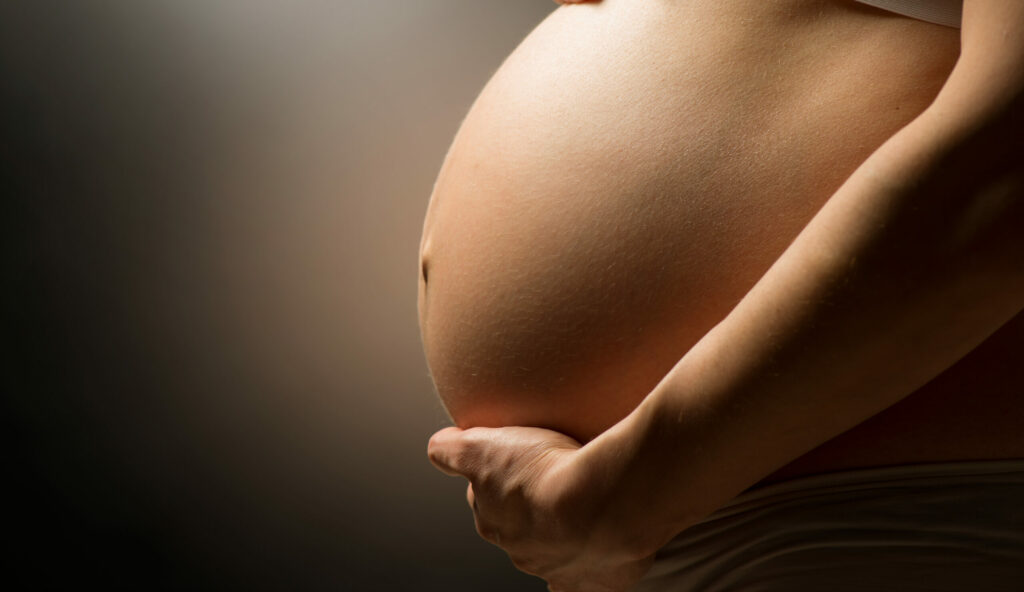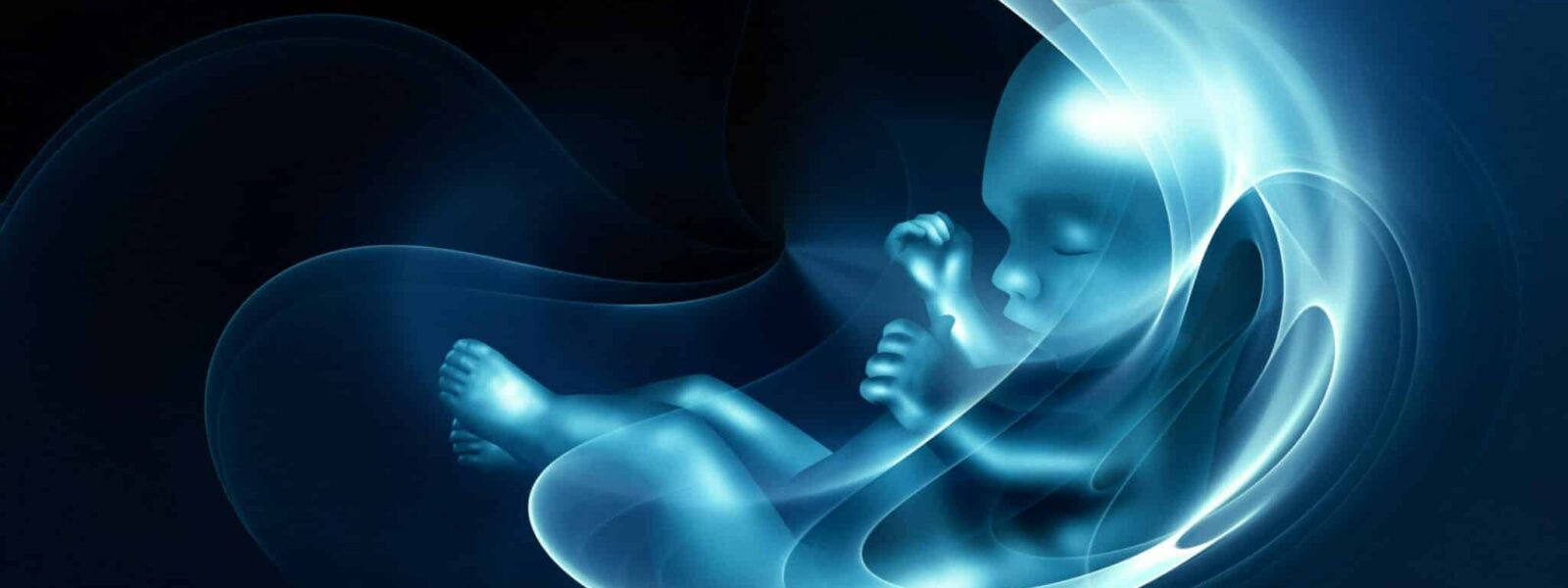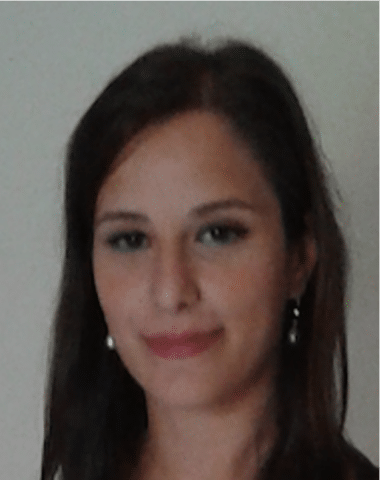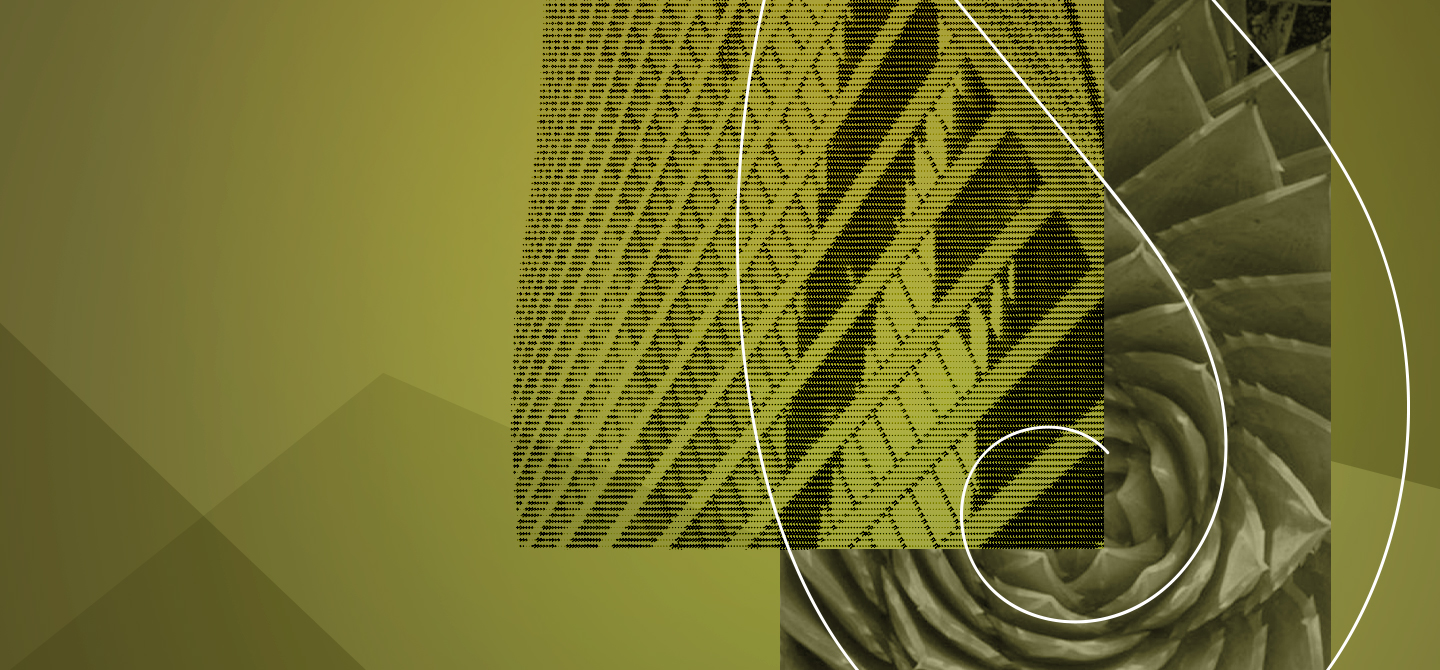Microchimerism: foreign cells that do us good
- Microchimeras are cells exchanged between a mother and foetus during pregnancy.
- This non-self genetic material survives in the bone marrow, leaving the mother with a living record of the pregnancy for over 30 years after giving birth.
- These cells could play a major role in repairing damaged tissues, such as skin or brain tissue.
- Thanks to these regenerative properties, microchimerism forms a genetic reservoir with considerable therapeutic potential.
- Recently, research into microchimeras has accelerated and could transform the world of regenerative medicine.
Cells from other individuals can be found in all of us. These microchemera, which are exchanged during pregnancy between a mother and her foetus, could play an essential role in protecting and repairing maternal tissues. Their properties are attracting the interest of scientists, offering new possibilities for innovative cell therapies1.
Microchimerism is a fascinating phenomenon, but one that is largely unknown to the general public. It is produced by a bidirectional transfer of cells between the foetus and the mother during pregnancy. “This is non-self, which persists in our organism in the form of a small quantity of cells (…), genetic material that is not ours”, explains Maria Sbeih, who devoted her doctoral thesis to this subject.
The indelible traces of our family ties
These foreign cells can be passed on to us by our mothers via the placenta (foetal microchimerism), or exchanged in utero with a twin (twin microchimerism). Sometimes, however, microchimerism can hold surprises. There are rare cases where individuals carry within them the genetic imprint of an “evanescent” twin (who disappeared at the embryonic stage), or that of a “phantom aunt”, where the mother transmits to her child cells that her own evanescent twin had bequeathed to her decades earlier.
Nevertheless, these very special cases should not obscure the general rule of microchimerism, which is that mothers pass on maternal cells to their foetuses and, conversely, each mother retains a living memory of her pregnancy. Foetal microchimerism is “detectable in the mother’s body for more than 30 years after childbirth”, explains Maria Sbeih. In order to survive for such a long time, the microchimeric cells nestle in a microenvironment that is conducive to stem cells, such as the mother’s bone marrow.
Microchimerism also plays a key role in “the tolerance of the foetus in the mother’s body”, explains Nathalie Lambert, director of the INSERM Autoimmune Arthritis Unit in Marseille. In fact, when they cross the placental barrier, foetal cells go to the thymus, an organ that the researcher describes as “the school of tolerance”. This mechanism enables the mother’s body “to learn to accept the child she is carrying, without rejecting it”, continues the researcher. And, conversely, the foetus receives maternal cells that enable it to tolerate the host (the mother).
Functions that remain a mystery
While recent studies describe the positive and cooperative functions of microchimeras for the body and tissue regeneration, this has not always been the case. For a long time, these cells were considered to be potential agents of autoimmune diseases. Nathalie Lambert, who was trained and educated in microchimerism by Lee Nelson, a pioneer in the field in the United States, remembers taking part in the first studies linking microchimerism to autoimmune diseases such as scleroderma. “We assumed that these foreign cells were attacking the mother’s immune cells, provoking a graft-versus-host reaction”, she recalls.
In the wake of this work, numerous studies have sought to establish a link between the presence of microchimeras and autoimmune diseases in women. But in science, a correlation does not necessarily imply causation. “Just because you find firemen at the site of a fire doesn’t mean they started it”, says the researcher, using the metaphor of journalist Lise Barnéoud, who has written a book2 on the subject. In other words, microchemera are not necessarily responsible for the inflammation of the tissue they are directed at. It also remained to be proven that, despite their rarity, these few cells could have quantifiable immunological functions. This is what the researcher is in the process of demonstrating in mouse models, where these microchemical cells are capable of producing autoantibodies specific to rheumatoid arthritis (an autoimmune and degenerative disease that leads to chronic inflammation of the joints).

“It took us many years to break out of this paradigm”, stresses Nathalie Lambert, who believes that scientific research is finally giving microchimerism the attention it deserves. This is the case of the “Cutaneous Biology” team (Institut Cochin, INSERM-CNRS, Université Paris Cité) to which Maria Sbeih was attached during her thesis. Scientists have recently demonstrated3 that microchemicals can have highly beneficial effects on the mother’s health, by helping to repair damaged tissues (including the skin). “We observed the activity of microchimeric cells migrating towards damaged areas, or skin wounds in the case of our team”, explains the biologist. The results were clear: microchimeras are involved in tissue repair, “either by secreting pro-healing molecules or by adopting the phenotype of the cells in the damaged tissue”.
Exploiting microchimerism for therapeutic purposes
Microchimerism forms a small therapeutic genetic reservoir with which we are all endowed. A series of medicine cabinets, made up of the genes of our children, our mothers, our grandmothers and our older brothers and sisters, which have yet to reveal all their secrets. The medium-term ambition of scientists is therefore to find ways of exploiting these microchemical cells for therapeutic purposes.
The pace of research has accelerated in recent years. Nathalie Lambert and her team analysed the blood of 92 pregnant women for the first time. They were able to determine the “HLA typing” of three generations: the pregnant woman, her mother and her child. Using cutting-edge techniques, they were able to identify the presence of maternal and grand-maternal cells in the cord blood. The team is currently working on the publication of an article showing a form of homeostasis (regulation, balance) between the different microchemical sources. “We discovered that pregnant women with a high maternal microchimerism (grandmother) at the start of pregnancy had less microchimerism in their foetus during this period, suggesting possible competition between microchimeras to balance the overall quantity”, explains the researcher from Marseilles.
From a cerebral point of view, it has also been shown that foetal microchimerism can play a role in the repair of cerebral lesions. Maria Sbeih reports “having observed4 real differences between multiparous (having had at least one pregnancy) and nulliparous (the opposite) animal models in terms of their ability to repair neuronal lesions”. Other studies tend to show5 that post-stroke recovery is more effective in multiparous animal models, “with better revascularisation of the damaged area”. While much remains to be discovered about the precise properties of microchimeric cells, the simple fact of having this therapeutic potential within us could make it possible “to bypass many of the technical complexities associated with current cell therapies”, Maria Sbeih is delighted to report, “such as having to harvest stem cells, purify them, amplify them, reimplant them, etc.”.
Discreet as they may be, microchimeras could soon be making a big splash in the world of regenerative medicine.















